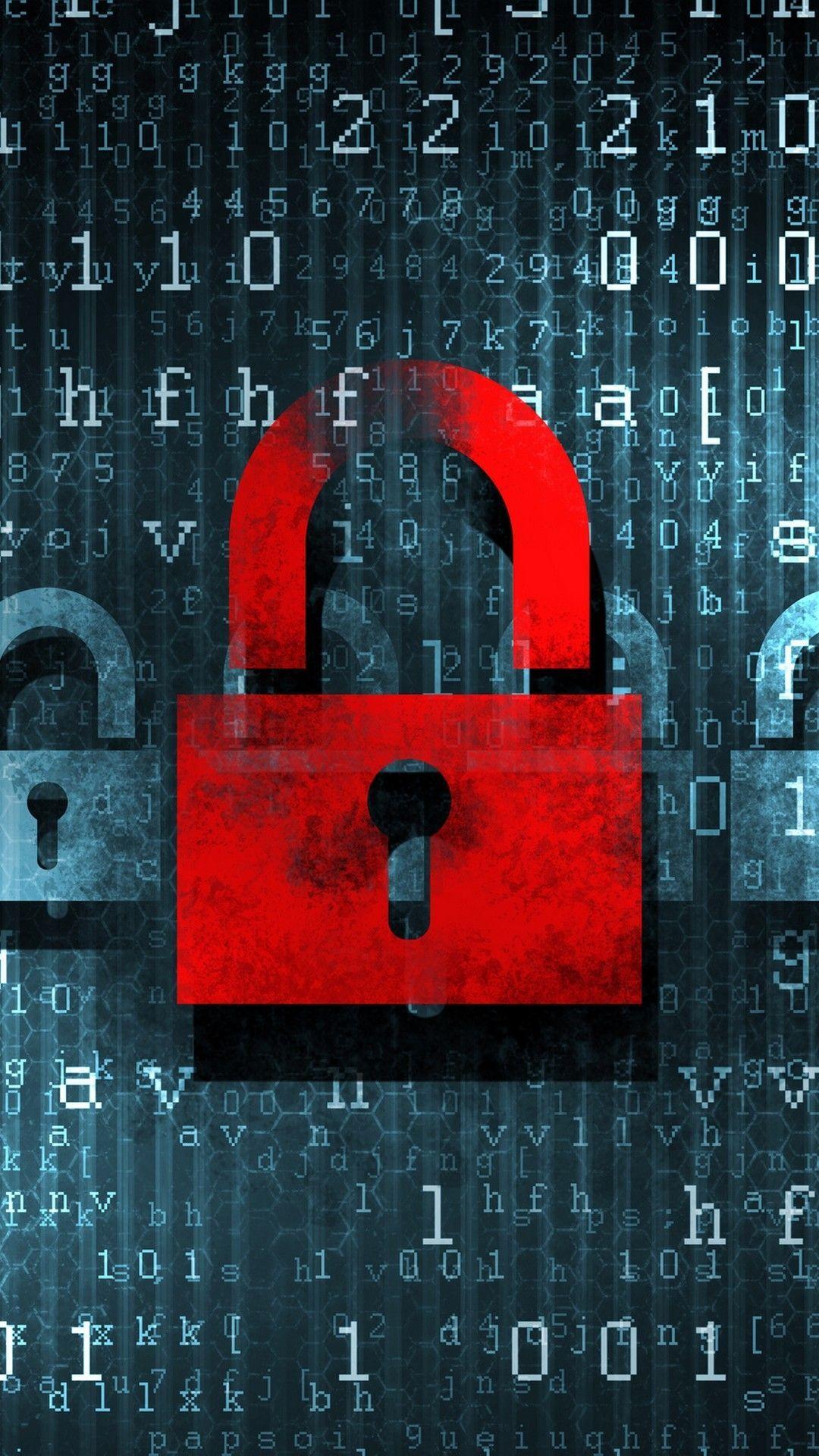The Intersection of Cyber Security and Electronic Forensics
The Intersection of Cyber Security and Electronic Forensics
Blog Article

In the contemporary digital scene, where technology permeates almost every aspect of our lives, the relevance of cybersecurity has surged to remarkable levels. Entities and individuals are becoming more susceptible to a multitude of threats, ranging from data breaches to advanced cyberattacks. As we traverse this intricate landscape, cybersecurity's role transforms into more than just safeguarding assets, but also an essential element in upholding trust during digital interactions.
Concurrently, the field of digital forensics emerges as a critical partner to cybersecurity efforts. When a cyber incident occurs, the capability to inspect, evaluate, and react to the incident can determine whether the outcome is a small setback or a disastrous loss. Digital forensics provides the tools and methodologies to uncover evidence, understand the attack's origin, and deploy methods to avert future occurrences. The confluence of cybersecurity and digital forensics is crucial for a holistic strategy to protect our digital landscape.
Understanding Cyber Security Principles
Cyber Security is the process of protecting infrastructures, networks, and applications from cyber attacks that seek to obtain, change, or destroy protected data. It covers multiple solutions, methods, and approaches meant to safeguard data and infrastructures from cyber threats. As our reliance on technology grows, so does the significance of robust cybersecurity strategies. Companies must be vigilant in protecting their digital ecosystems to prevent potential violations.
One of the crucial parts of cybersecurity is the idea of security risk oversight. This entails identifying possible safety threats and exposures within an entity's infrastructure. By grasping these threats, companies can apply appropriate controls and plans to reduce them. Security risk assessment is an ongoing task, demanding regular monitoring and adjustments as fresh risks emerge in the constantly changing digital landscape.
https://app.acsmi.org/courses/cybersecurity-management-certification
Moreover, cyber security is not solely the responsibility of IT departments; it requires a collective action from all staff. Understanding and preparation are essential in promoting a safety-minded climate within an organization. Team members should be informed about recommended strategies, such as spotting deceptive attempts and using strong, unique passwords. By enabling all persons to contribute in cybersecurity initiatives, companies can substantially improve their overall protection stance.
The Significance of Cyber Forensics in Cybersecurity
Cyber forensics plays a essential role in the domain of cybersecurity by providing the essential tools and approaches to investigate security breaches. When a security incident occurs, cyber forensic analysts examine compromised systems to recognize vulnerabilities, extract evidence, and comprehend the attack patterns used by malicious actors. This procedure not only helps in retrieving lost data but also aids in strengthening security protocols to stop such occurrences in the times ahead.
In addition to incident response, digital forensics contributes to the broader understanding of cyber threats. By examining the techniques employed in various attacks, security teams can develop threat intelligence that anticipates potential threats. Forensic analysis can disclose patterns in cybercriminal behavior, which can shape proactive measures to enhance information security defenses across organizations. This cooperation between information security and forensics creates a more stronger security framework.
Furthermore, the findings gained from digital forensics extend beyond crisis management. They often lead to the creation of more effective security procedures and educational initiatives, ensuring that employees are aware of the dangers associated with their internet use. Strengthening the human factor in information security is as critical as technological solutions, and digital forensics provides the groundwork for developing a climate of security awareness within businesses.
Future Challenges in Cyber Security and Digital Forensics
As tech continues to evolve at a rapid pace, cybersecurity and digital forensics must respond to face emerging threats and challenges. One major concern is the increasing sophistication of hacking. Cybercriminals are leveraging innovative techniques such as AI and ML to compromise systems, making traditional defensive measures less effective. As a result, cybersecurity experts must keep up with these changes by adopting proactive strategies and continuously improving their skills.
Another challenge lies in the huge amount of data generated each day. Organizations experience difficulties in managing and securing this data, which is often stored across various platforms and systems. The challenge for forensic computing is not only to locate and examine relevant data amidst this information overload but also to do so while maintaining compliance with privacy laws and legal standards. This oversight is critical for gathering evidence that can withstand scrutiny in court cases.
Finally, the increasing concern around privacy and civil rights poses a significant challenge for both cyber security and digital forensics. As governments and organizations enhance monitoring and information gathering methods to boost security, they must balance these measures with regard for personal freedoms. This delicate balance complicates forensic investigations, as professionals must navigate legal boundaries while seeking protect the public from potential cyber risks, all of which requires ongoing dialogue and ethical considerations in the field.
Report this page